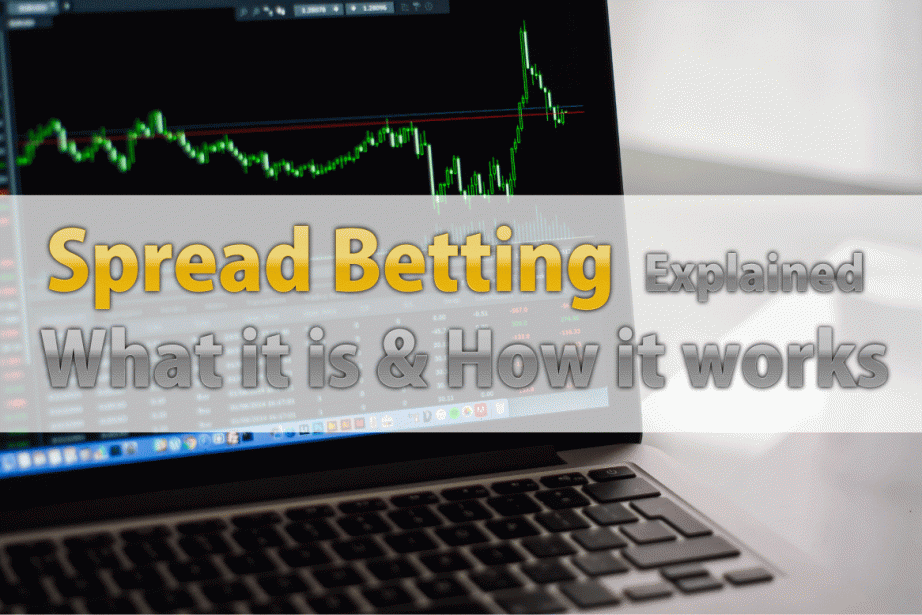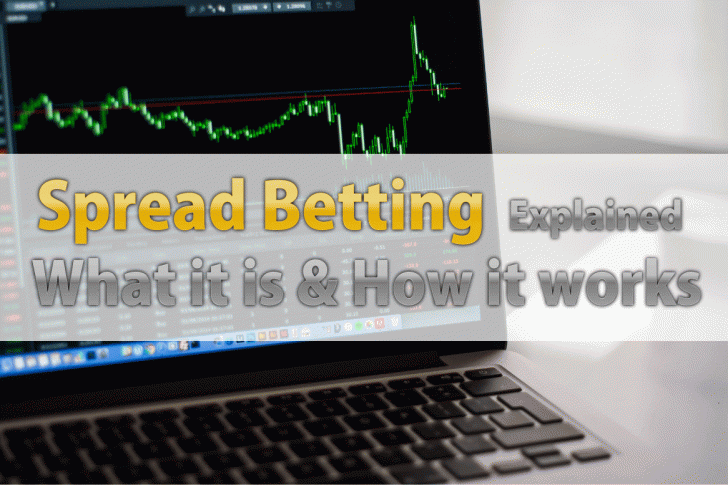Categories
What is Spread Betting? How it works? -5 Minutes Guide for Beginners-
You have heard of “Spread Betting” but you may not know what it is.


Spread Betting is a means of speculating on whether the price of an asset will rise or fall.
Trades can be made in shares, commodities, bonds, indices, currencies interest rates…virtually any market.
For the investor, the biggest attraction is that you are not buying the asset you want to trade in – you only back your judgement on whether it will go up or down in value.
Spread Betting = Margin Trading

As a leveraged trading, it’s also versatile and cost-effective.
You pay only a fraction of the actual cost of a trade in advance – usually a 10 per cent deposit or ‘margin’– rather than the full price demanded at the outset in conventional share dealing.
And the minimum bet size can be as little as £1 per point or tic.
There are also other advantages. In the UK, there is no stamp duty or Capital Gains Tax on the profits.
Unlike buying shares, there are no fees to pay either. Spread Betting providers make their money from the difference between the selling and buying prices – the spread.
And with online Brokers’ up-to-dated powerful and sophisticated systems this can be set competitively tightly – maximizing potential returns for investors.
How “Spread Betting” works
Spread betting firms offer a quote comprising of a bid (selling or ‘short’) price and a slightly higher offer(buying or ‘long’) price.
For instance, if the FTSE 100 stood at 5250, it might be a bid of 5248 and an offer of 5252.
If you thought the index was going to rise, you might ‘go long’ for £10 per point at 5252.
And if it did indeed rise, say, to 5262 and you closed out your bet then, your profit would be £100 (5262 -5252 = 10x £10).
If, instead, you thought the market was going to fall, you would ‘go short’ at 5198. Again, if it did go down, you’d profit.
However – if your predictions were incorrect, you’d make a loss.
Risk Management is Important!
Although the rewards can be great, those losses can be substantial too.
However, they can be limited by using “stop losses” tools to close out trade at an agreed position.
Where the Market Price comes from?

Trading systems can provide constantly updated price feeds giving both the latest FX positions on a wide range of currencies from banks and the prices of stock and indices from exchanges around the world.
The most popular trading platform, MT4 already supports more than a dozen different live price data feeds.
Blending engines are available to merge bank feeds into one.
Modules for data purchase can be installed into the system as part of the platform package, offering access to either the banks and exchanges direct or data providers such as Reuters or Comstock.
The choice is yours.
Cover the “Hedging Risk”
MT4 multi-asset trading platform makes hedging risk simple – no matter how diverse or complicated your trading positions are.
Many systems allow you to book hedge trades for each asset class you are trading in.
It then looks across all of those asset classes to establish what your exposure might be in US$… so you can hedge that off as well.
Let’s say, for instance, your traders have bought New York stock and Tokyo stock.
These trades have been made in USD, GBP and Yen.
You are exposed to fluctuations in a number of different currencies, and the cross-currency risk between the ones used to buy and the ones that the exchange traded in.
You want to know to know what you need to hedge to cover all of these issues and protect your position.











